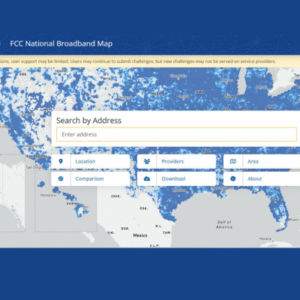Building Permits Continue to Favor Multi-Family Housing
According to new data from the US Census Bureau, the trend towards more multi-family homes continues. While the total number of permits issued in 2016 declined from 2015, two trends are clear:
- New residential construction is gaining momentum. The past two years show that the housing market has recovered from the Great Recession;
- Demand for multi-family units is not abating. Multi-family units continue to comprise a large share of all the new residential units constructed.
Shifting from Single-Family to Multi-Family Construction
In 2010, the Region was still recovering from the after-effects of the housing bubble and the Great Recession. That year saw only 1,395 residential units permitted. Of these nearly 1,400 permits, 1,065 (76%) were for single-family units, leaving just 330 (24%) for multi-family units.
Beginning in 2011, construction of new homes began to increase, and the shift towards more multi-family homes began. Initially the increase in new homes was modest, increasing 24% from 2010 to 1,736. However, the shift from single-family to multi-family homes was more pronounced. 2011 saw the share of single-family and multi-family units equalize. 865 (49.8%) of the permits were for were single-family homes, while 871 (50.2%) were for multi-family homes. From 2012 to 2014, trends remained consistent. In general, the total number of permits issued increased modestly, and the share between single-family and multi-family units remained roughly equal.
In 2015 the Region experienced a spike in activity. Construction of residential housing increased 63.6% from 2014, reaching 3,601 units, the highest number of permits issued since the Great Recession. Most noteworthy in 2015 was the emergence of multi-family units. Permits for single-family units remained flat from previous years at 1,167, but permits for multi-family units soared to 2,434, an increase of more than 136% percent from 2014. This increase in multi-family units brought with it a commanding share of the total permits issued, accounting for 67.6% of all new residential units.
In 2016, 2,825 permits were issued, but the majority (52.1%) were still for multi-family units. Permits for single-family units did experience an increase to 1,352, the largest number issued since the Great Recession. However, this still left single-family units in the minority for new units, the first time that has occurred in consecutive years with data going back to 1980.
Why the change?
The trend is clear, there is an increasing demand for multi-family housing in the Capital Region. While single-family housing is still a popular option, in less than a decade multi-family units have emerged as a popular alternative. This new trend may speak to changing demand for housing, especially from Millennials. A recent article from the Troy Record reported housing inventory in the Region is low, and could be depressing the availability especially of affordable homes. A combination of limited affordable housing, and changing tastes, could account for more demand for multi-family housing like condos.
Further Reading
The upcoming Summer 2017 issue of Capital District Data features a detailed article of the Region’s trends in housing. This article is similar to the May/June 2016 issue and examines housing trends at the county and local levels. Be on the lookout for the Summer 2017 issue in July.


